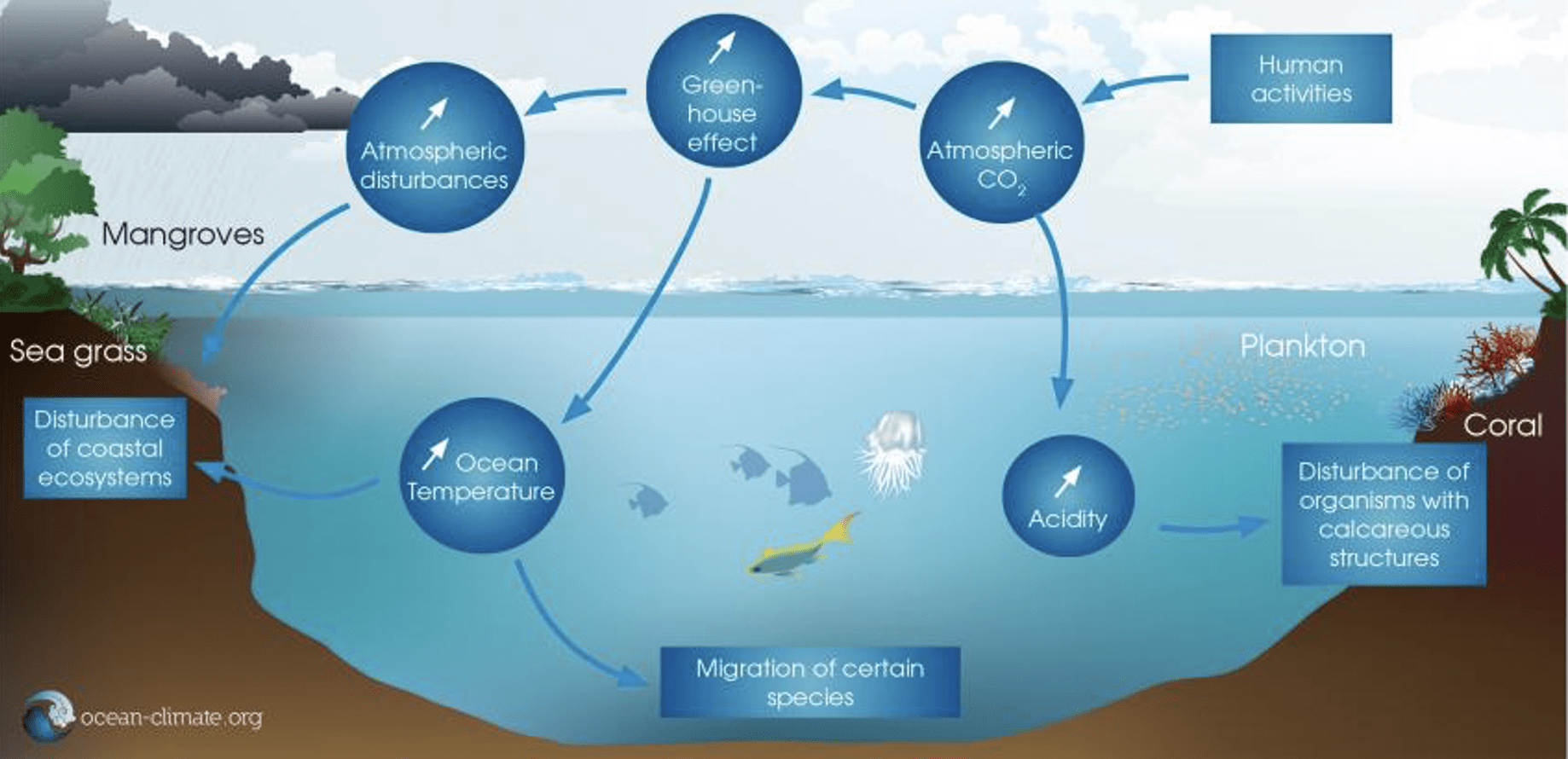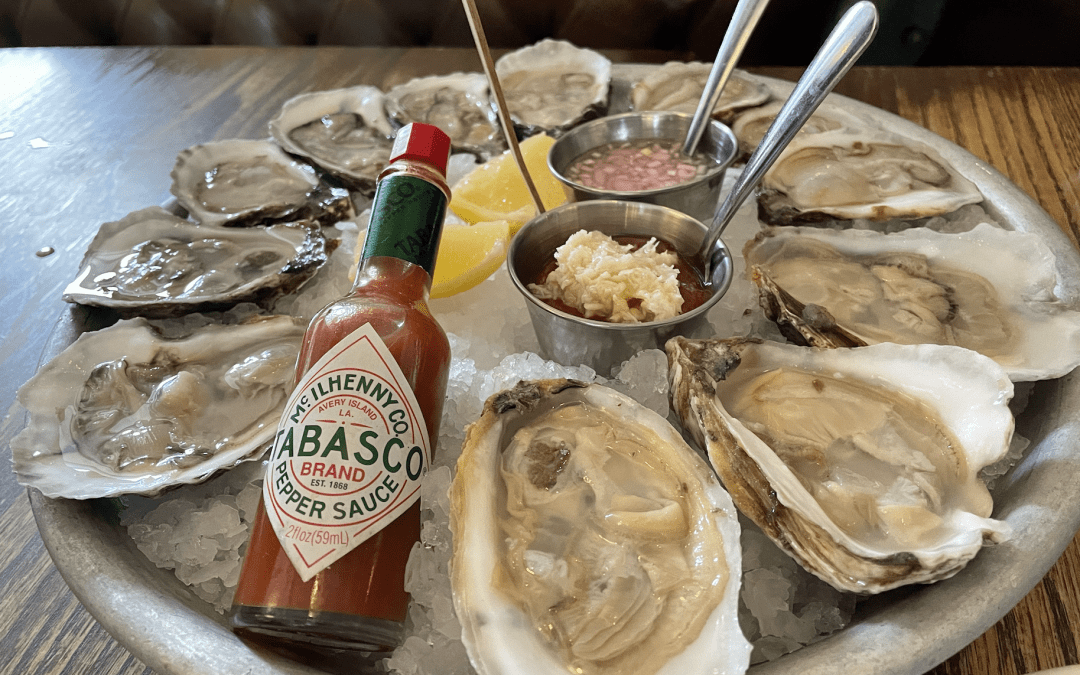February 17, 2022
This week’s post was written by Emily Teixeira.
This week, the team took a deep dive into oyster biology and the art of story development.
Dr. Maria Luskay presented the Seven Steps of Developing a Creative Concept, where she outlined the process of writing, shooting, and editing a documentary:
- Identify the problem. In this case, the problem is that people don’t know much about oyster farms.
- Define your target audience.
- Identify your goal. – Our goal is to educate, inform, and make a difference.
- Come up with a strategy for achieving this goal.
- Come up with your content. – What will actually be on the screen?
- What medium/platform will you use to reach people?
- Write your story.
As we went over the steps of putting the documentary together, we discussed the difference between a pre-shoot and a post-shoot script, as well as key tips for interviewing subjects and conducting research. We were introduced to the process of the “paper edit”– a strategy for using sticky notes to determine the order and placement of shots before editing even begins. We were reminded of the importance of adaptability, attentiveness, and action while shooting on location.
From there, Danielle Schwartz, our environmental consultant/intern, delivered a presentation on oysters and their role as a keystone species (a species that plays a major role in its ecosystem, without which the ecosystem would be drastically altered).
Oysters provide a variety of benefits to humans and oceans alike. Wild oysters form beds and reefs that encourage biodiversity by providing other species with food and homes. These beds also help provide structure to the seafloor and protect coastlines from storm surges.
Oysters are capable of removing between 1-15% of excess nitrogen from their surrounding waters through their consumption of phytoplankton. They either take the nitrogen into their shells and tissues, or expel it in their waste, which is then broken down by bacteria.
This nitrogen remediation process is important, because excessive nitrogen levels (usually a result of fertilizer runoff and/or septic leaks) can lead to eutrophication– an overabundance of nutrients that results in rapid algae growth. These algae blooms increase the acidity of their environment. When algae dies, the decomposition reduces the water’s oxygen content, which can suffocate fish and other marine life. Some algae produce neurotoxins that are extremely dangerous to humans.
While oysters play a crucial role in preventing nitrogen-related crises, they cannot solve the problem alone. For example, 100% nitrogen remediation would require more oysters than the ocean has room for. And while oysters can reduce nitrogen levels, they cannot prevent full-blown algae blooms. Increased acidity inhibits shell growth, and oysters exposed to toxic algae are unsafe to eat.
Oysters may certainly be a part of the solution, but they are not the whole solution. Therefore, as humans, we need to do our part to protect our waters from harmful levels of nitrogen and other pollutants in the first place.

“Consequences of CO2 increase on the ecosystems” (https://www.ocean-climate.org/wp-content/uploads/2016/10/161011_FactSheets_EN.pdf)

